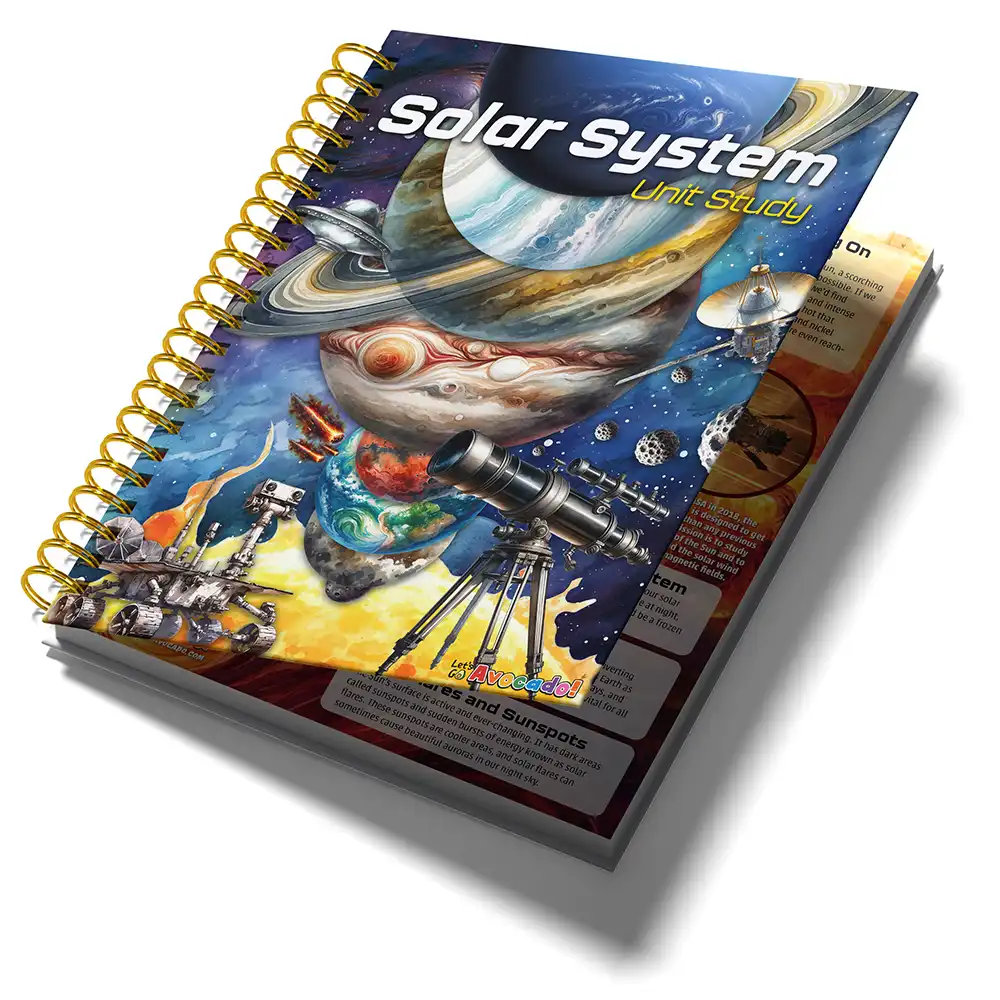This page may contain affiliate links.
Read our disclosure and privacy policy here.
Did you know that the largest planet in the solar system is Jupiter? It’s not just big; it’s enormous and full of mysteries that scientists are eager to solve. Let’s embark on a space journey to learn more about this fascinating giant.
Table of Contents
Giant Jupiter – The Largest Planet In The Solar System
The Structure Of Planet Jupiter
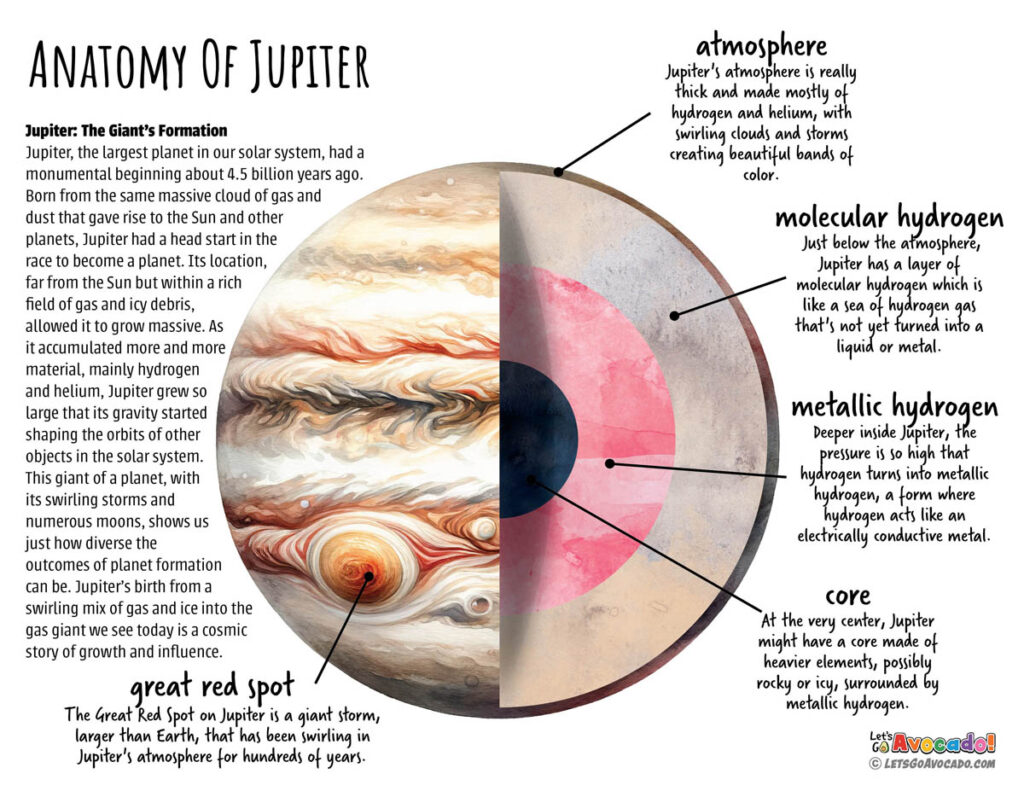
This anatomy poster is available in our Solar System Study Unit. Check our downloads section for more details.
Jupiter’s Colorful Atmosphere:
Jupiter, the largest planet in the solar system, is wrapped in a thick atmosphere filled with colorful stripes and swirling storms. This atmosphere is made mostly of hydrogen and helium, which creates beautiful bands across the planet. The most famous storm on Jupiter is the Great Red Spot, a giant storm bigger than Earth that has been raging for hundreds of years!
Beneath the Clouds:
Under its atmosphere, Jupiter doesn’t have a solid surface like Earth. Instead, it has layers of gases that get denser and turn into liquid the deeper you go. This part of Jupiter is made of hydrogen that gets so squished together; it acts like a liquid. This shows us how different Jupiter is from our home planet.
A Metallic World Inside:
Deeper inside Jupiter, the hydrogen becomes so compressed that it turns into metallic hydrogen. This strange form of hydrogen conducts electricity and helps create Jupiter’s super strong magnetic field. This magnetic field is much stronger than Earth’s and protects Jupiter’s moons from space radiation.
Jupiter’s Core:
At the center of Jupiter, there might be a core made of rock and ice. Scientists are still trying to figure out exactly what it’s like, but it could be about as big as Earth. This core holds clues about how Jupiter, the largest planet in the solar system, formed billions of years ago.
The Great Red Spot:
The Great Red Spot is a huge storm on Jupiter that could fit two or three Earths inside it! It’s like a giant whirlwind that has been spinning for at least 400 years. Scientists study this spot to learn more about Jupiter’s weather and how long storms can last on other planets.
Jupiter's Massive Size
Jupiter is so colossal that if it were a basketball, all the other planets together might be the size of a grape! It’s about 318 times as massive as Earth, which means you would need 318 Earths to match Jupiter’s weight. Its diameter is 11 times wider than Earth’s, making it the undisputed largest planet in the solar system.
A Fast Spinner
Imagine spinning around so quickly that your day lasts only 10 hours. That’s a day on Jupiter! This rapid spinning causes Jupiter to stretch out at its equatorThe equator is an imaginary line around the middle of the Earth that divides it into the Northern and Southern Hemispheres. It’s the warmest part of the Earth because it’s closest to the sun., making it not perfectly round but slightly squished. This fast rotation also helps create its wild weather and powerful magnetic field.
The Great Red Spot
The Great Red Spot on Jupiter is a storm larger than the entire Earth, and it’s been swirling for at least 400 years. With winds racing at about 432 km/h (268 mph), it’s a storm unlike any we have on Earth. This spot alone tells us how extreme Jupiter’s weather can be.
Jupiter's Many Moons
With 79 moons, Jupiter has its own solar system in miniature. The four largest moons, called the Galilean moons after Galileo Galilei who discovered them, include Io, Europa, Ganymede, and Callisto. Ganymede is especially notable because it’s not only the largest moon of Jupiter but also the largest in the entire solar system, even bigger than the planet Mercury.
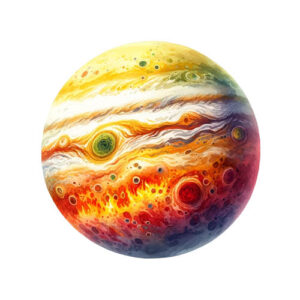
Pioneer 10 was NASA’s first mission to the outer planets, and
Meet Io: Jupiter’s Volcanic Companion
Io, one of the four Galilean moons orbiting Jupiter is the most volcanically active body in our solar system. Its surface is dotted with hundreds of volcanoes, some erupting lava fountains up to 250 miles high! Io’s colorful landscape, with its yellow, red, and orange hues, comes from the sulfur and sulfur dioxide that cover its surface. This moon shows us how dynamic and active other worlds can be.
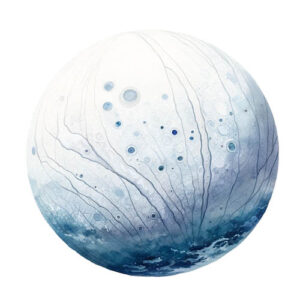
Pioneer 10 was NASA’s first mission to the outer planets, and
Europa’s Icy Mystery
Europa, another moon of Jupiter is covered in a thick layer of ice. Beneath this icy shell, scientists believe there’s a vast ocean of liquid water, more than twice the amount of water on Earth. This makes Europa a fascinating place for scientists searching for signs of life beyond our planet. Its smooth, icy surface is crisscrossed by cracks and streaks, hinting at the dynamic environment below.
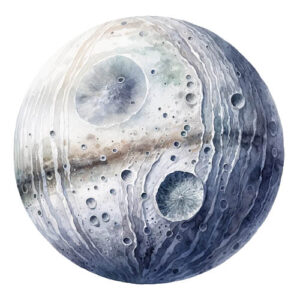
Pioneer 10 was NASA’s first mission to the outer planets, and
Ganymede: The Giant Moon
Ganymede is not only the largest moon of Jupiter but it’s also the largest moon in our solar system. It’s even bigger than the planet Mercury! Ganymede is unique because it’s the only moon known to have its magnetic field. Its surface is a mix of two types of terrain – highly cratered dark regions and lighter regions marked with grooves and ridges, telling a story of Ganymede’s geological past.
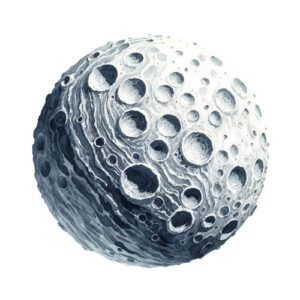
Pioneer 10 was NASA’s first mission to the outer planets, and
Callisto: The Ancient Ice Ball
Callisto, the outermost of the Galilean moons, is a heavily cratered world with a very old surface, showing no signs of geological activity. This moon of Jupiter is covered in ice and rock, and its surface is marked by large impact basins and a mix of ice and dark material. Callisto’s heavily cratered landscape records billions of years of impacts, offering a window into the past of the solar system.
The Rings of Jupiter
Exploring Jupiter
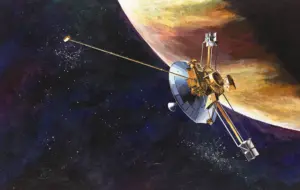
Pioneer 10 was NASA’s first mission to the outer planets, and lasted more than 30 years in space. It was launched in March 1972 and its main mission was to fly by Jupiter, which it did in December 1973. It was last heard from in January 2003, having travelled more than 12 billion kilometers from Earth.
Why Jupiter Matters
Jupiter in Cultural Mythologies and Folklore
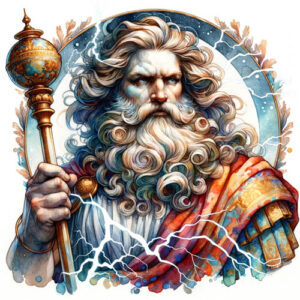
The planet Jupiter was named after the Roman god Jupiter, the king of the gods. The god Jupiter was similar to Zeus in Greek mythology
Fun Facts About The Largest Planet In The Solar System
- Gigantic Storm: Did you know Jupiter has a huge storm called the Great Red Spot? It’s so big that three Earths could fit inside it! This storm has been raging for hundreds of years.
- Speedy Spin: Jupiter is the fastest spinning planet in our solar system. A day there lasts only about 10 hours, meaning it turns on its axis really quickly compared to Earth’s 24-hour day.
- Many Moons: Jupiter has a lot of moons – 79 last time scientists checked! The four biggest ones, called the Galilean moons, were discovered by Galileo Galilei over 400 years ago.
- Massive Size: Jupiter is the largest planet in our solar system. It’s so huge that all the other planets combined would still be smaller than Jupiter!
- A Metal Heart?: While Jupiter is mostly made of gas, scientists believe it might have a solid core at its center. Imagine a world so big with a heart of metal!
FAQ: What Most Kids Want To Know About Jupiter!
- How big is Jupiter compared to Earth?
Jupiter is huge! It’s the largest planet in our solar system and is about 11 times wider than Earth. If Earth was the size of a nickel, Jupiter would be about as big as a basketball. - Does Jupiter have any moons?
Yes, Jupiter has lots of moons – 79 last known! The four biggest moons are called the Galilean moons: Io, Europa, Ganymede, and Callisto. Ganymede is the largest, even bigger than the planet Mercury. - What is the Great Red Spot?
The Great Red Spot on Jupiter is a giant storm, much like a hurricane on Earth, but way bigger. It’s so large that three Earths could fit inside it, and it has been raging for at least 400 years. - Can we land on Jupiter?
Jupiter is a gas giant, which means it doesn’t have a solid surface like Earth. So, if you tried to land on it, you’d just sink into its thick atmosphere and never find a solid ground to stand on. - How long does it take to get to Jupiter?
It depends on the path and the speed of the spacecraft. For example, the Juno mission launched in 2011 took about 5 years to reach Jupiter. - What is Jupiter made of?
Jupiter is mostly made of hydrogen and helium gases, similar to the Sun. It’s like a big, fluffy ball of gas with possibly a rocky core deep inside. - How long is a day on Jupiter?
A day on Jupiter, meaning one full spin on its axis, is only about 10 hours long, making it the fastest spinning planet in our solar system. - How far is Jupiter from the Sun?
Jupiter is about 484 million miles (778 million kilometers) away from the Sun. That’s five times further away from the Sun than Earth is! - Does Jupiter have rings?
Yes, Jupiter does have rings, but they’re very faint and made mostly of dust particles. They’re not as visible or as colorful as Saturn’s rings. - Why is exploring Jupiter important?
Exploring Jupiter helps scientists understand more about the gas giants in our solar system and how our solar system formed. Jupiter’s moons are also interesting because they might have conditions suitable for life, especially Europa with its subsurface ocean.
References
For those eager to dive deeper into the facts about the largest planet in the solar system, here are some highly recommended resources that offer a wealth of engaging and educational content:
NASA’s Solar System Exploration Website: This site offers detailed information about Jupiter, including the latest images and findings from missions. It’s a great reference because it provides up-to-date, accurate information directly from the organization that sends missions to Jupiter and other planets. The site is designed to be accessible to learners of all ages, including engaging content for kids. Check it out here.
National Geographic Kids: Known for its engaging content tailored to younger audiences, National Geographic Kids offers articles, fun facts, and interactive media about Jupiter and the rest of the solar system. It’s an excellent resource because it presents information in a visually appealing and easy-to-understand format, making it perfect for children in grades 3 to 4.
These resources are perfect for expanding your knowledge and are sure to spark further curiosity and learning.

There’s a lot to explore right where we are, in our own neighborhoods and backyards! Join us while we get off the couch and explore the everyday wonders of nature, science, space, engineering, art, and anything else we stumble upon during on our adventures.



